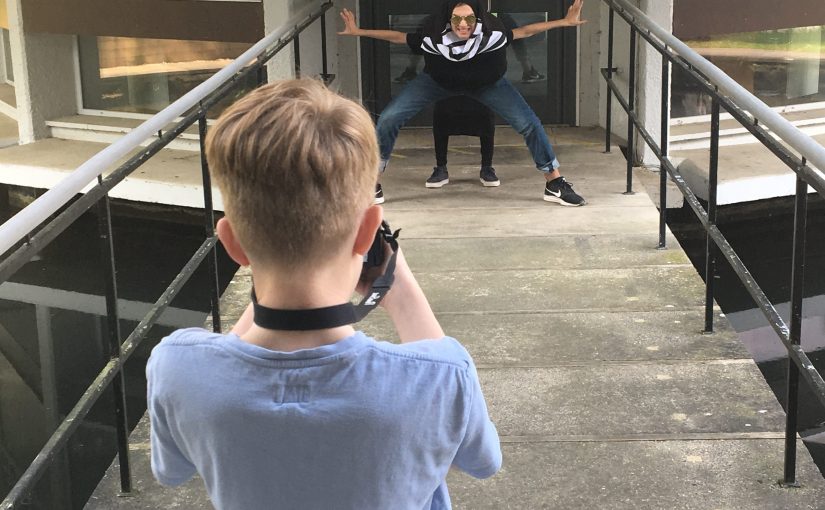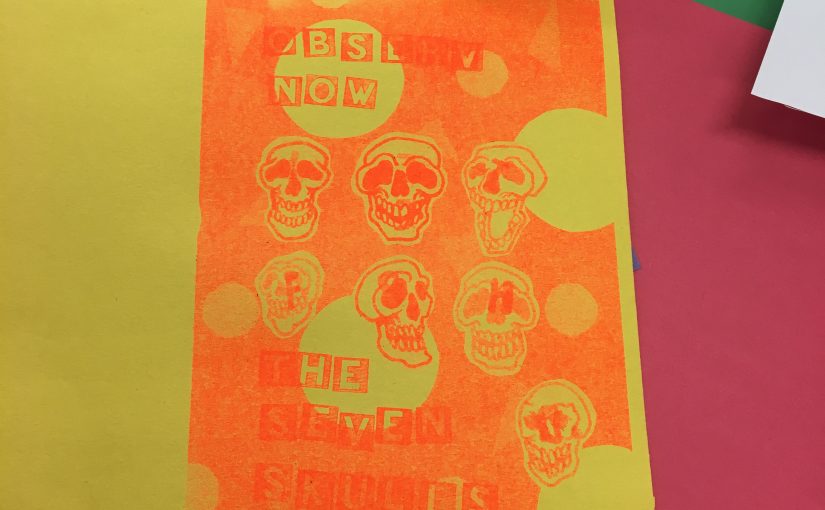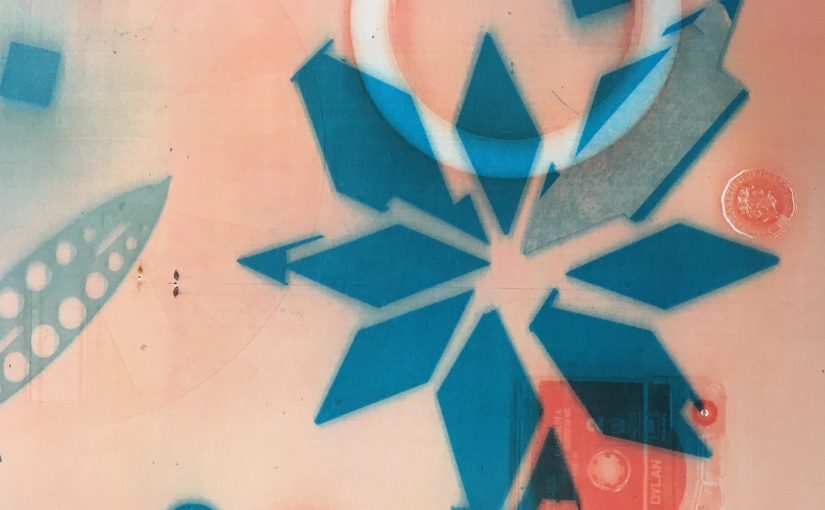This week we were exploring sustainable fashion and how we might affect change with Linda Mackie, Senior Teaching Fellow on Fashion Marketing and Management along with two student ambassadors Ashwinnie and Yijing.
Linda began by showing us some successful campaigns and talked about how designers, artists, photographers and stylists all work together to develop a brands message. She introduced us to Fashion Revolution Week, a campaign to improve working conditions of those in the fashion industry after a tragic disaster killed many workers in a factory in Bangladesh in 2013. In response to Fashion Revolution’s call to reduce cheap, fast fashion and respect the human and environmental resources it takes to produce clothing, our brief was to create a new advertising campaign for the charity Oxfam. The local store had kindly given us a heap of donated items they had not been able to sell despite all being in excellent condition and some even big name labels.
The brief: Oxfam is a leading charity in second hand clothes and great advocators of sustainable living. Consumers are more and more in tune with the issues of sustainability and Oxfam could really potentialise this opportunity in sales if they develop a clear message to their consumers. But who are their consumers? How could they drive more business, and how could art, design, photography, graphics or fashion designers use their skills to work towards a more sustainable future and raise awareness.
The group were given a bundle of clothes and asked to explore how they might style them to work alongside a message to encourage consumers to rethink their attitude to buying second hand clothes.
Each group approached the task differently, some thinking through their ideas and getting their campaign message clear before they began exploring their garments and others getting excited about the styling possibilities straight away. The groups elected models, photographers and art directors and we headed out onto the WSA campus to hunt for shoot locations. This was a lot of fun!
Back in the studio each group used photoshop to work into the photographs, incorporating their campaign message and the Oxfam logo. The ideas were really strong, several groups played with incorporating the hash tag into their text to encourage others to respond and share their interpretation. Some focused on waste such as ‘Keep it’ and ‘New? No, landfill’, others focusing on the fun you can have with fashion ‘Be different’ and ‘Keep it colourful’. At the end of session the outcomes were shared and Linda selected several strong candidates to take back to Oxfam Winchester to see if they would like to display them in store. We hope they do!



